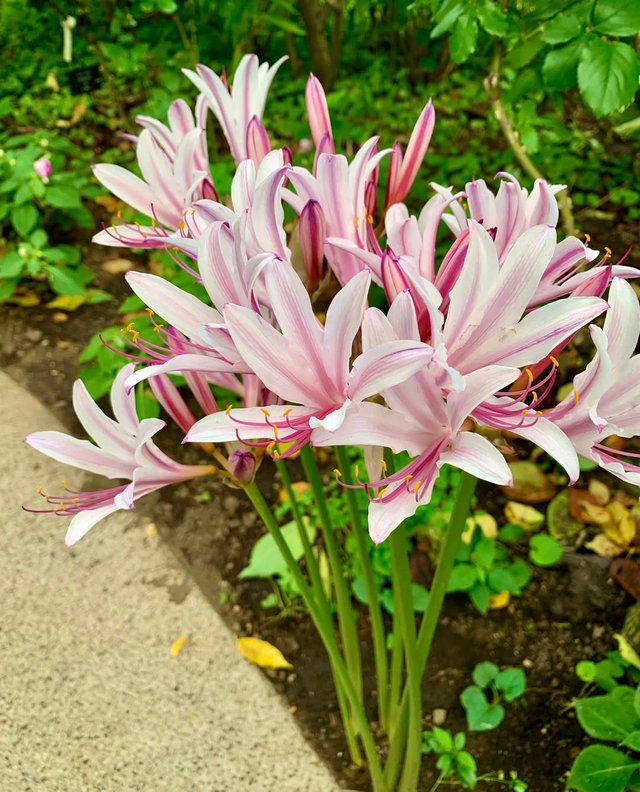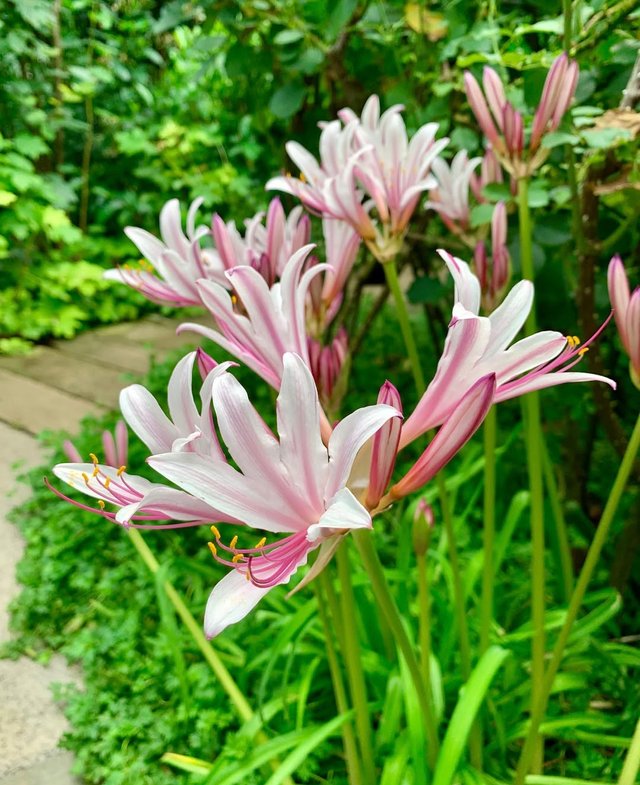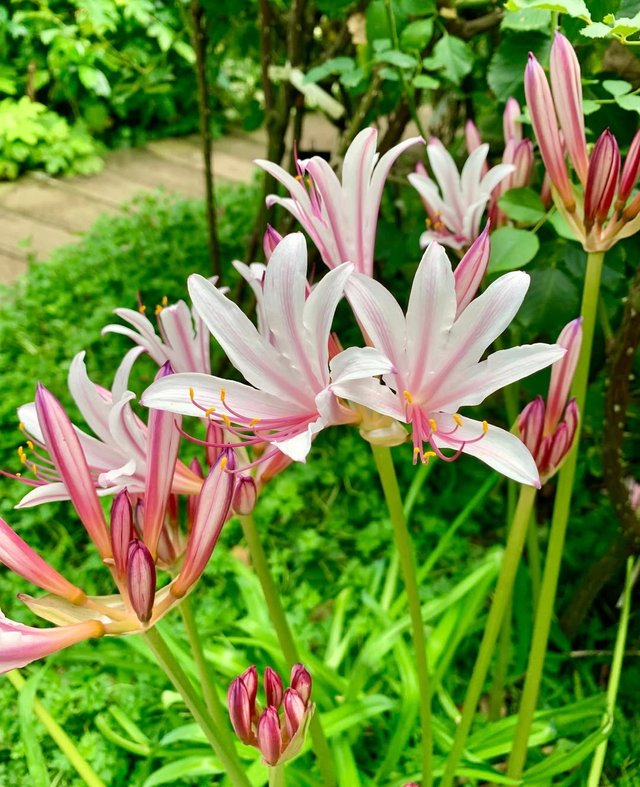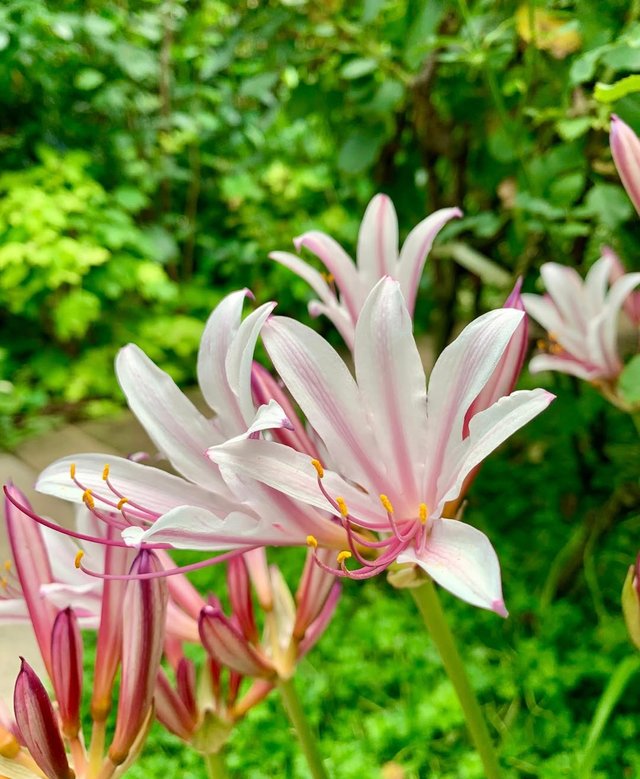Surprise lily Flower
The Surprise lily flower,is a fascinating and ornamental plant that belongs to the Amaryllidaceae family and is admired for its unique growth habit, sudden blooming nature, and delicate beauty. It is native to parts of East Asia, particularly China and Japan, but has been widely cultivated in gardens across many regions due to its adaptability and decorative appeal. The plant is a perennial bulbous species that produces strap-like green foliage in the spring, which eventually dies back and disappears by early summer. After this dormant period, tall, leafless stalks suddenly emerge in late summer or early autumn, crowned with clusters of trumpet-shaped, fragrant flowers, giving the impression that the blooms appear without warning, hence the name “Surprise lily” or “Resurrection lily.” The flowers are usually pink with shades of lavender and a subtle bluish hue, often with a slightly recurved petal structure that adds elegance to their appearance.
Each stem can bear several blossoms, and their sweet fragrance attracts pollinators, especially bees and butterflies, enhancing biodiversity in the garden.Surprise lilies thrive best in well-drained soil, preferably sandy or loamy, and require full sun to partial shade for optimal flowering. They are quite hardy, tolerating a wide range of conditions, including drought once established, although regular watering during the active growing season improves their health and vigor. Gardeners often plant the bulbs in clusters to create a striking display when the blooms suddenly emerge after a period of apparent inactivity.
Despite their beauty, they are low-maintenance plants that are resistant to many pests and diseases, making them popular among gardeners looking for a reliable ornamental. In colder climates, the bulbs should be planted deep enough to be protected from frost, while in warmer areas, they naturalize easily and may multiply over time.Culturally and symbolically, the Surprise lily has been associated with themes of mystery, renewal, and the fleeting nature of beauty due to its sudden, short-lived blossoms that appear after a long dormant phase. In Japan and China, related Lycoris species also carry spiritual symbolism, sometimes connected with reincarnation, remembrance, and transitions.



